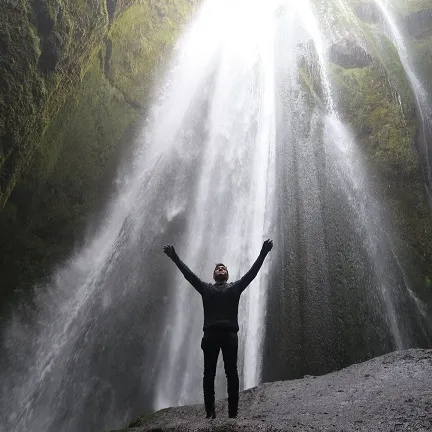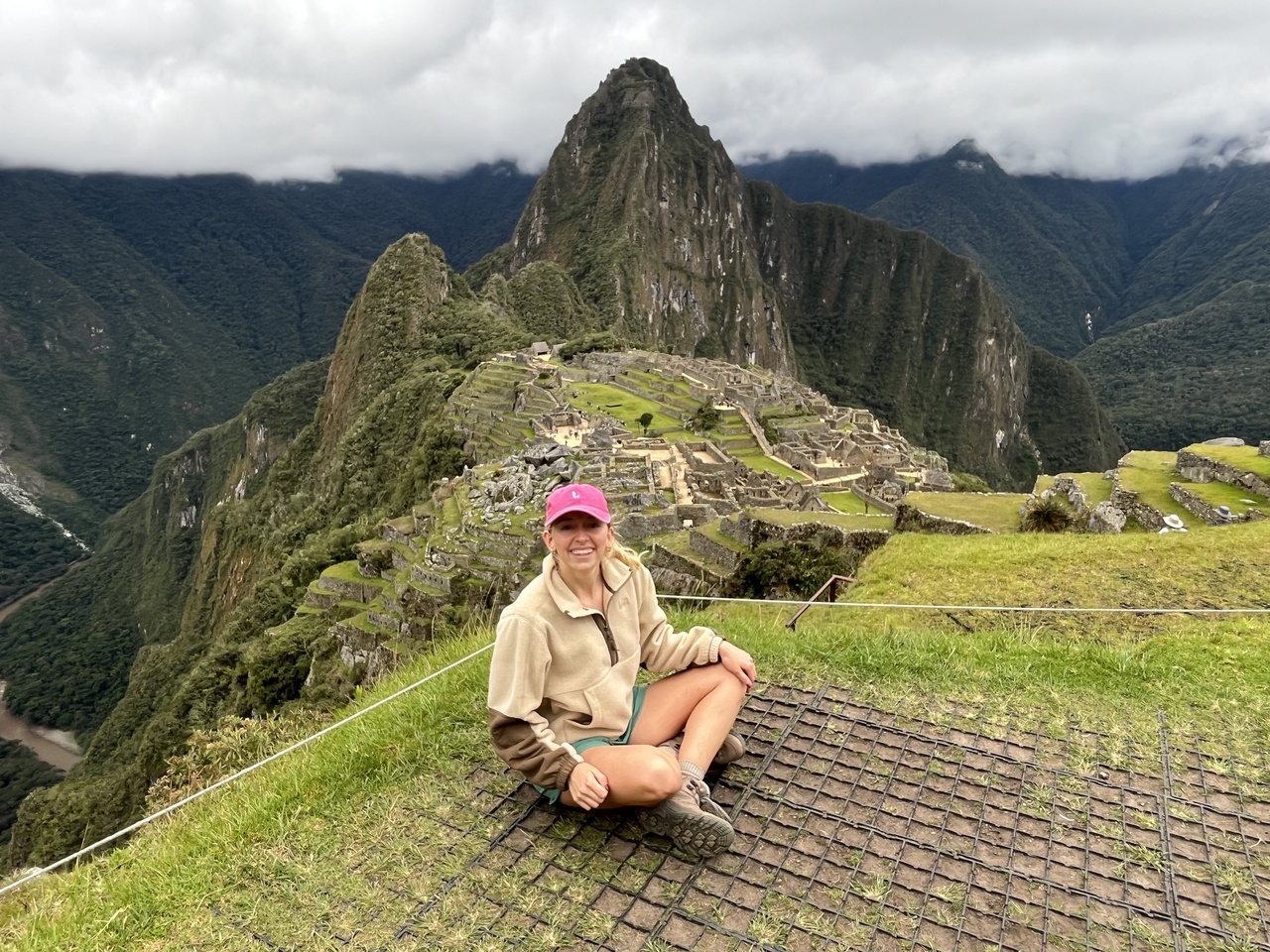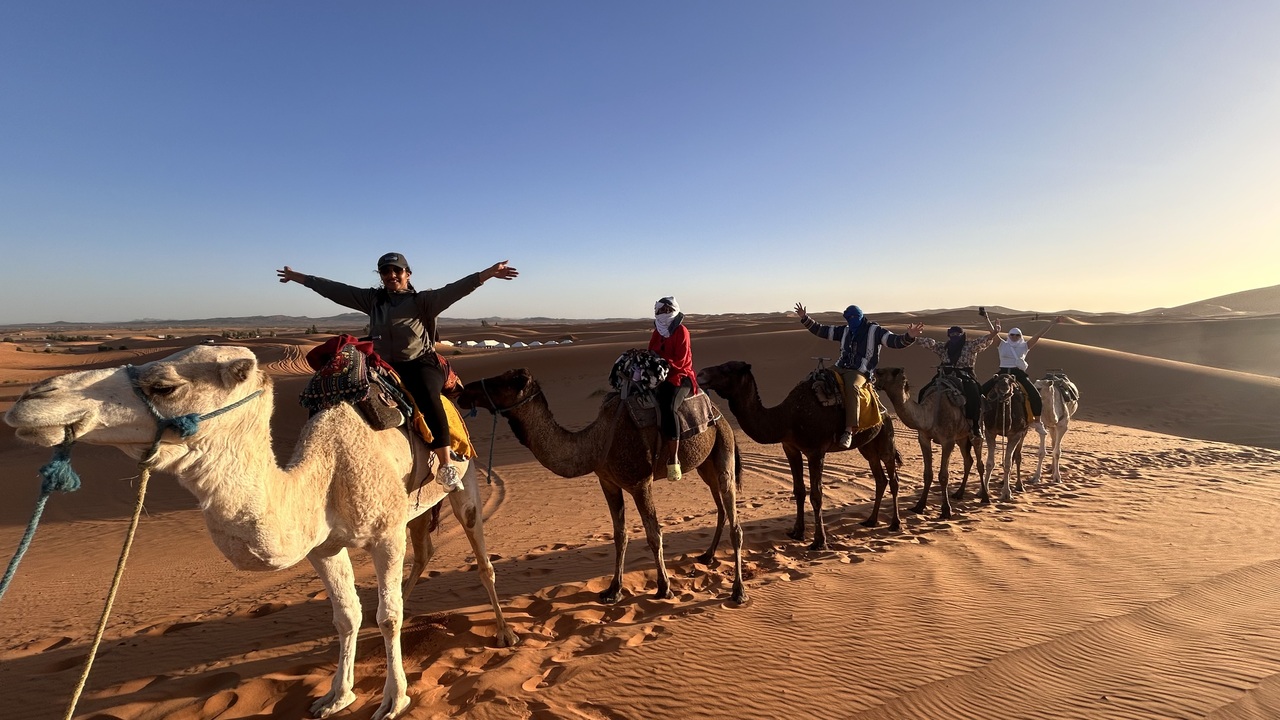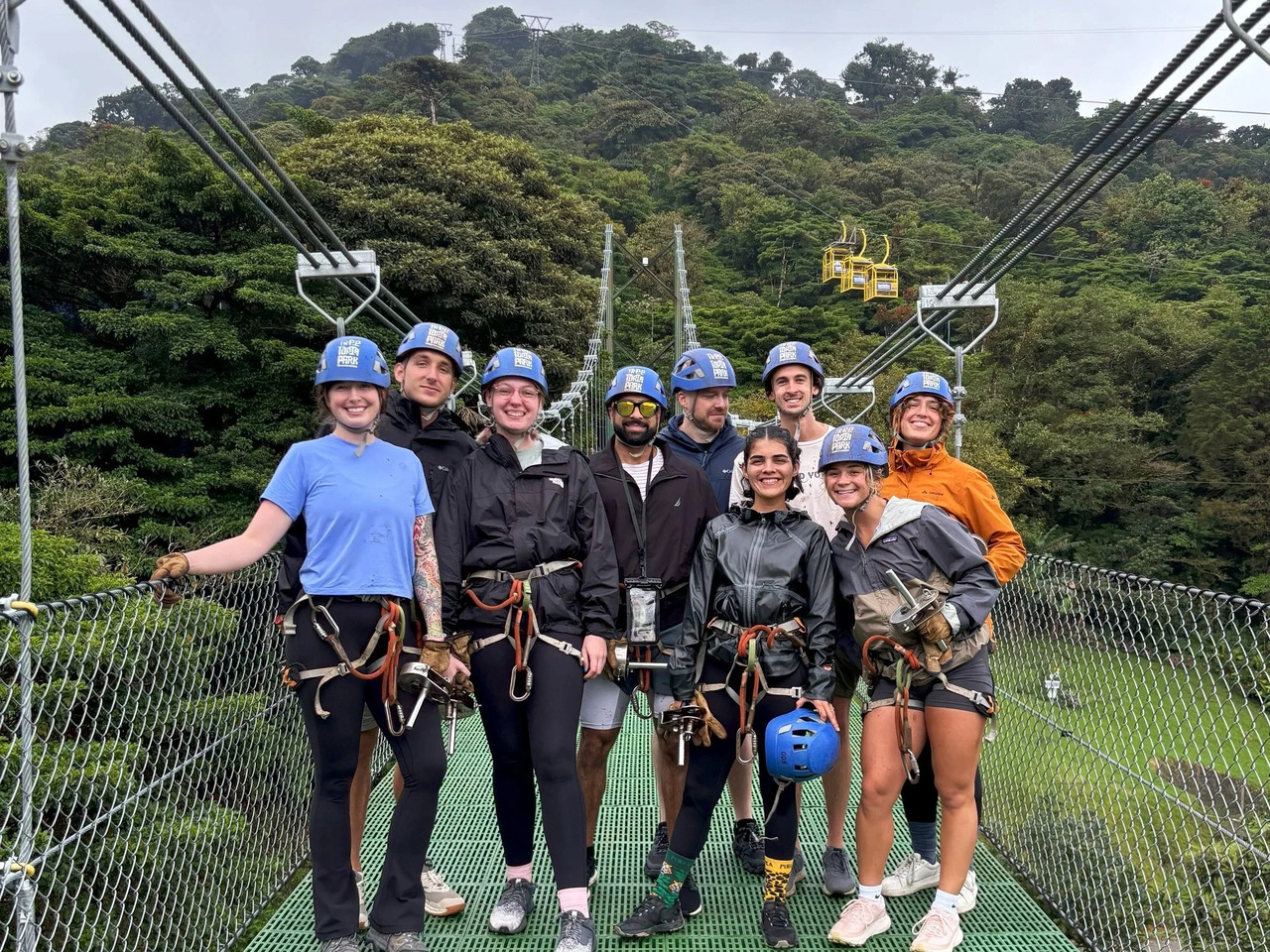In this guide you will find the following:
- Why visit Great Smoky Mountains National Park?
- When is the best time to visit Great Smoky Mountains National Park?
- Best cities to access Great Smoky Mountains National Park
- Popular things to do in Great Smoky Mountains National Park
- Frequently asked questions about Great Smoky Mountains National Park
Why visit Great Smoky Mountains National Park?
Great Smoky Mountains National Park spans 522,427 acres across North Carolina and Tennessee. The park sees over 11 million annual visitors, making it the most visited national park in the United States. With sixteen mountains reaching past 6,000ft (1828 meters) and over 850 miles (1367 kilometers) in hiking trails, there is something for everyone. You’ll also find plenty of fish-filled streams, campgrounds, and wildlife.
While the park may be the most visited national park it won’t feel that way even during the peak season, due to its size. You will also find it relatively easy to book lodging in neighboring towns throughout the year.
When is the best time to visit Great Smoky Mountains National Park?
Visiting in Winter
During the winter months, the park will be noticeably less crowded. You may find yourself with popular hiking trails and visitor sites all to yourself. The lack of vegetation and leaves on the trees will make for excellent views throughout the park.
The park does not see a significant amount of snow during most years, except in the highest elevations. Ice is the main concern on hiking trails and while driving around the park. However, the ice can also make for great scenery as waterfalls and creeks freeze and the park takes on a unique wintertime look.
Before visiting the park in the winter it’s good to check the National Park Service website for alerts about road closures.
Visiting in Spring
As winter fades away during March, the park will take on a new life as wildflower season begins. Great Smoky Mountains National Park is known for its wildflower blooms that arrive with the warmer days of spring. Visit lower elevation valleys like Cades Cove or Greenbrier for wildflower viewing. The 1500 flowering plants found in the park are more than any other national park in North America. There are entire events dedicated to the wildflowers, like the Wildflower Pilgrimage that has been going on for over 70 years.
Spring also brings more rain to the park so be prepared for unpredictable weather. The higher elevations can still see snowfall into early April. This is a great time of year to see the waterfalls as rain increases and snow melts off the mountain tops.
Visiting in Summer
Summer is the peak season for visiting Great Smoky Mountains National Park. The temperatures will be warm and humid with average highs around 90 degrees Fahrenheit (32 degrees Celsius) in July & August with lows around 60 degrees (15 degrees Celsius). During the hottest days, it’s still easy to find cooler temperatures in the higher elevations. Places like Newfound Gap and Clingmans Dome will be significantly cooler with a steady breeze.
During the summer months, one of the best things you can do is find a stream and jump in! Water access is easy throughout the park. Tubing and rafting are popular ways to get in the water. You will find white water rafting opportunities for all levels, or grab a tube for a lazy float down streams like Deep Creek.
Visiting in Fall
You could argue that fall is the best time in the park. The temperatures cool off and the leaves begin to change colors, making for amazing hiking conditions. The fall is also drier than the humid summer months. October is the best month for fall foliage and trout fishing. Wildlife, like deer and bear, will be active throughout the day as they prepare for winter.
This is a great time to take on a hike like Alum Cave Cove to Mt. LeConte. Or, to avoid the crowd, you may want to explore a place like Cataloochee Valley.
Best Cities to Access Smoky Mountains National Park
The park can conveniently be accessed through a handful of gateway cities. The proximity of these cities to the park makes it easy to plan last-minute trips with reasonable lodging prices. If you plan to stay in one of the numerous campgrounds in the park you will want to book well in advance.
Bryson City, North Carolina
Bryson City is located on the edge of the park. There is an entrance into the Deep Creek portion of the park only a couple of miles from town. Here you can hike, fish, or rent tubes and float the creek when it’s warm.
The main entrance of the park is a 20-minute drive which will give you access to Clingmans Dome, Newfound Gap, and the rest of the park.
Further reading: Top 5 Things to do in Bryson City, North Carolina
Gatlinburg, Tennessee
This town is located across the park from Bryson City. Gatlinburg is slightly larger than Bryson City and is located only minutes from the park entrance. This side of the park will give you better access to sites like Roaring Fork Motor Nature Trail and Laurel Falls trailhead.
You are also only 15 minutes from popular sites outside of the park like Pigeon Forge and Dollywood.
Townsend, Tennessee
Townsend is a very small town in the southwest corner of the park. We don’t recommend spending your entire trip here but it is only 40 minutes from Cades Cove. If you really want to spend time exploring Cades Cove and its trails, a night in Townsend is a great idea.
Asheville, North Carolina
More of a city than a town, Asheville provides great access to the park but with all of the big city amenities. You will only be 1 hour from Great Smoky Mountains National Park if you decide to base your trip out of Asheville. You will have plenty of hotels, restaurants, and shops to explore as well as world-class breweries.
Asheville is also home to hundreds of hiking trails and outdoor activities outside of the national park.
Popular things to do in Great Smoky Mountains National Park
Hiking - With over 850 miles (1367 kilometers) of hiking trails you will find endless options to explore the park on foot. Some popular hikes include Alum Cave Trail, Laurel Falls Trail, Clingmans Dome Trail, and Abrams Falls Trail. Keep in mind that most trailheads have limited parking and these spaces will fill quickly during the busy season.
We suggest using AllTrails.com to research your hikes.
Further reading: Hiking Boots Guide - How to Choose the Best Hiking Boots
Wildlife viewing - The park is home to a variety of wildlife but there are two main mammals that get the most attention.
- Black bears - There are roughly 1500 black bears in the park and they can pop out just about anywhere. The open fields of Cades Cove are a popular spot to look for them as well at the Roaring Fork Motor Nature Trail in Gatlinburg.
- Elk - While native to the park, they were hunted to extinction in the 1800s. They were reintroduced to the park in 2001 and you can consistently see them if you know where to look. morning or late afternoon are the best times to try and spot these majestic animals. Cataloochee Valley or the fields around the Oconaluftee Visitor Center are usually the best options.
Camping - A popular way to stay in the park, itself, is camping. The park has 10 campgrounds that you can find here. There are also almost 100 backcountry camping sites that are hike-in only. If you want to stay in one of the main campgrounds it’s recommended to make reservations more than six months in advance.
Further Reading: Top 20 USA Camping Destinations For Your First Trip
Fishing - The park is home to a healthy population of brook trout, rainbow trout, and some brown trout that are both wild and stocked. There are miles of fishable waters within the park and even more just outside the park boundaries. If you are looking to fish we recommend checking out the Western North Carolina Fly Fishing Trail. You can also try your luck at just about any stream in the park. Don’t forget your fishing license!
Cycling - All roads in the park are open to cyclists however there is no mountain biking. Popular routes include Cades Cove Trail and Roaring Fork Motor Nature Trail.
Frequently Asked Questions About Smoky Mountains National Park
How many days do you need in the park?
We suggest 3 full days in the park. This could be broken down as the following:
Day 1 - Drive along route 441 to see some of the main attractions like Clingmans Dome and Newfound Gap while finding one of the dozens of hikes along the road.
Day 2 - Pick another hike and/or go tubing down Deep Creek in the warmer months
Day 3 - Head to the southwest corner of the park and explore Cades Cove.
What are the park entrance fees?
There are none!
What are some nearby attractions?
The park is surrounded by other beautiful wilderness areas. You can explore Nantahala National Forest or Pisgah National Forest. Mt. Mitchell, the highest peak in the eastern United States, is about 2 hours away. You can also drive the famous Blue Ridge Parkway for more amazing views.
Don’t overlook all of the small mountain towns like Franklin, Sylva, and Cherokee to name a few.
Do you offer guided trips in the park?
Yes! You can find out about all of our USA hiking and camping trips on our website.




.avif)


























